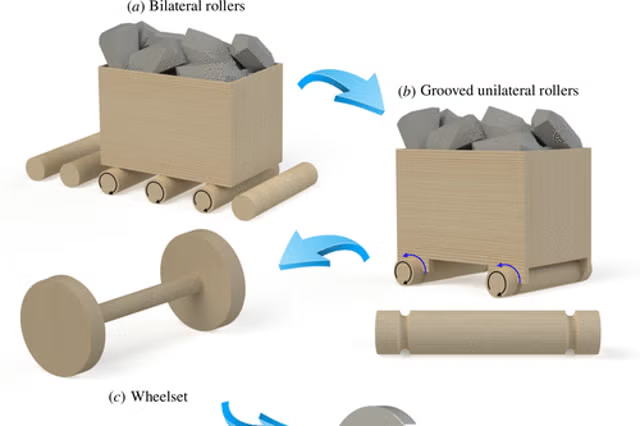A peregrine falcon that became famous through a popular webcam feed has taken to the skies again thanks to surgery on a wing he broke three months ago.
Equinox (Nox) was found with fractures in the San Francisco Bay Area in July. In the past, the injury would have led to him being euthanized due to the wing bones being too small to operate on.
Nox was released last Friday at East Bay Regional Parks following surgery and recovery at the California Raptor Centre—a program of the UC Davis School of Veterinary Medicine.
"Everything went well," said Michelle Hawkins, director of the California Raptor Center and a professor in the UC Davis School of Veterinary Medicine.
"The bird can fly beautifully, and it can hunt and eat its kill. To us, it doesn't matter how famous they are or not. Every bird to us is as important as every other bird. But it's so great to be at that point where you see them flying away."
Nox is one of a group of well-known peregrine falcons nesting above UC Berkeley's Campanile beneath a webcam that has been livestreaming the birds since 2019.
He was recovered from Berkeley Marina by Bay Raptor Rescue on July 3 and brought to the UC Davis Veterinary Medical Teaching Hospital two days later for the operation.
During his recovery, the bird received care from California Raptor Center's raptor specialists and preflight conditioning from falconer Bill Ferrier, also the center's former director.
While the cause of Nox's injury remains unknown, it is certain that veterinarians would not have been able to help a bird with this kind of wing injury 20 years ago. Technology and advances in veterinary medicine made it possible to treat it.
"Orthopedic materials have made it possible to put together tiny little bones like what's in your pinky finger. That gave the bones the structure that was necessary for Nox's healing," Hawkins said.
"This bird is the bird that keeps giving. He has a satellite transmitter on now, and there weren't any placed on Campanile fledglings before. We can't wait to see where he goes as he begins to define his own adult territory."
Peregrine falcons are formidable hunters that prey on other birds and bats. They like to hunt from above and can drop into a dive speed that tops 200 miles per hour. They are among the world's most common birds of prey and live on all continents except Antarctica. Their favorite meals are starlings, pigeons and doves.
Disclaimer: The copyright of this article belongs to the original author. Reposting this article is solely for the purpose of information dissemination and does not constitute any investment advice. If there is any infringement, please contact us immediately. We will make corrections or deletions as necessary. Thank you.



